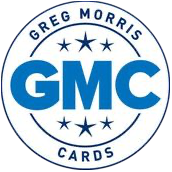When it comes to pre-war baseball cards, there’s no shortage of beautiful illustrations.
From turn-of-the-century tobacco cards to the iconic 1933 Goudey set, early baseball card design infused vivid illustrations of players with detailed backgrounds, a combination that popularized the medium. Action shots were plentiful, encouraging the holder of the card to imagine the talents of their favorite players on the field of play. Fans could finally put names of players together with their faces, creating some of the early celebrity athletes: Ty Cobb, “Nap” Lajoie, Christy Mathewson, and many others.
There was also no shortage of sets.
Everyone was making baseball cards. Tobacco companies, candy companies, all manner of perishable food companies, from bread to milk to cookies, began manufacturing baseball cards and other collectibles as marketing tools for their products.
One such company was National Chicle, a gum manufacturer based in Boston, Massachusetts. They produced two main sets, “Diamond Stars” and “Batter Up” between 1934 and 1936.
Today we will take a closer look at the “Diamond Stars” set, one that holds tremendous value in the hobby today, mostly due to its fantastic artwork.
1934-36 Diamond Stars: The Set
Produced between 1934 and 1936, National Chicle released “Diamond Stars” in three different sets. The first set (1934) had 24 cards, the second set (1935) had 84 cards, and the third set (1936) had 50 cards. However, the entire set has only 108 unique cards and players. Subsequent sets had duplicate players with updated statistics on the reverse (more on this later).
Each pack of National Chicle gum with Diamond Stars baseball cards cost one penny. There was also a wrapper redemption program that retail stores could participate in.

In 1936, National Chicle also released a “premium” oversized version of Diamond Stars that was available only in retail stores where the gum was sold.
The complete set of Diamond Stars contains 108 unique cards, but there were apparently plans in place to make as many as 240 cards. This article on Sabr Baseball Cards goes into detail about what may have happened, but the short version is that National Chicle went bankrupt in 1937, then Goudey Gum bought the Diamond Stars brand.
1934-36 Diamond Stars: The Players
There is no shortage of star power in the Diamond Stars set: over 30 members of the Baseball Hall of Fame are represented.
Hank Greenberg, Lefty Grove, Pie Traynor, Mel Ott, Jimmie Foxx, Bill Dickey, Rogers Hornsby, Carl Hubbell, and Paul Waner are among the biggest names in the set. Other stars include Billy Rogell, Red Lucas, Frank Crosetti, and Wally Berger.
As mentioned earlier, some of these players have duplicate releases in the set. The only differences are updated statistics on the reverse, along with possibly a different ink color (the card backs of Diamond Stars have either green or blue ink depending on the year… 1934 was exclusively green ink).
For example, here’s a comparison of Bill Dickey’s card #11 (released 1934) and card #103 (released 1936):
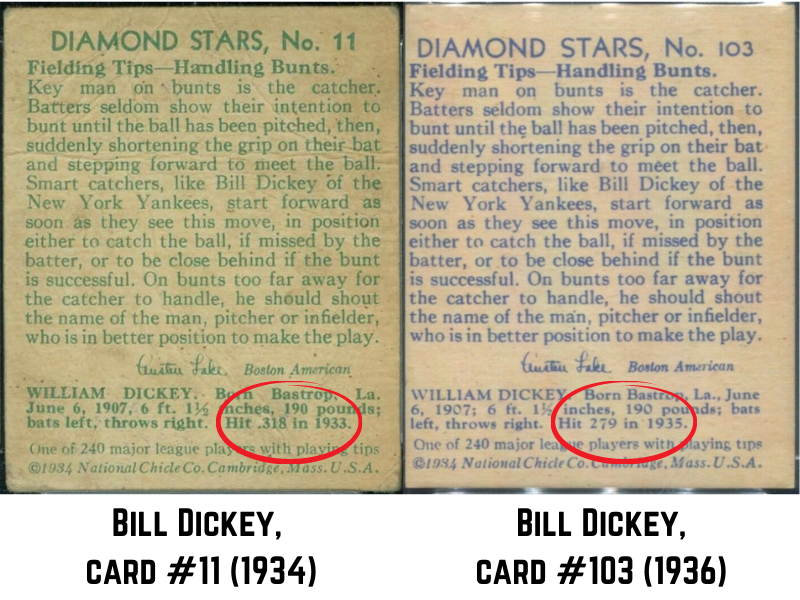
With several possible variations of each player, collecting the entire set can be complicated. Not unlike collecting the various poses from the T-series sets of the early tobacco cards. A serious collector would likely seek every version of every card, although the front of the cards remained the same for each player each year (exception: misspellings were corrected in later releases, as with Hank Greenberg/Greenburg, the latter of which can be seen in the featured image of this article).
There are two curious omissions in Diamond Stars: you will not find Babe Ruth or Lou Gehrig anywhere in the set. This is pretty disappointing, as these are two major stars that many collectors would want. The most likely explanation is that Ruth and Gehrig were bound by exclusive contracts with Goudey Gum and could not work with National Chicle.
Regardless, the star power of players like Hank Greenberg and Jimmie Foxx help drive the value of the set up, even without the presence of Ruth and Gehrig.
1934-36 Diamond Stars: The Art
By far, the most memorable aspect of Diamond Stars is its striking art deco style. Illustrations of the players and the backgrounds behind them are full of bright, tone shifting colors and soft shapes that accent the action shots.
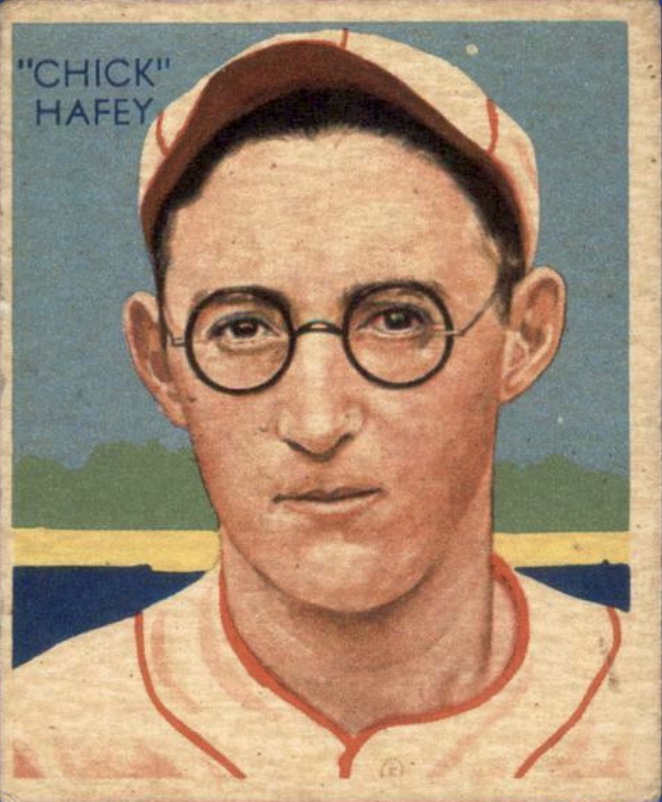
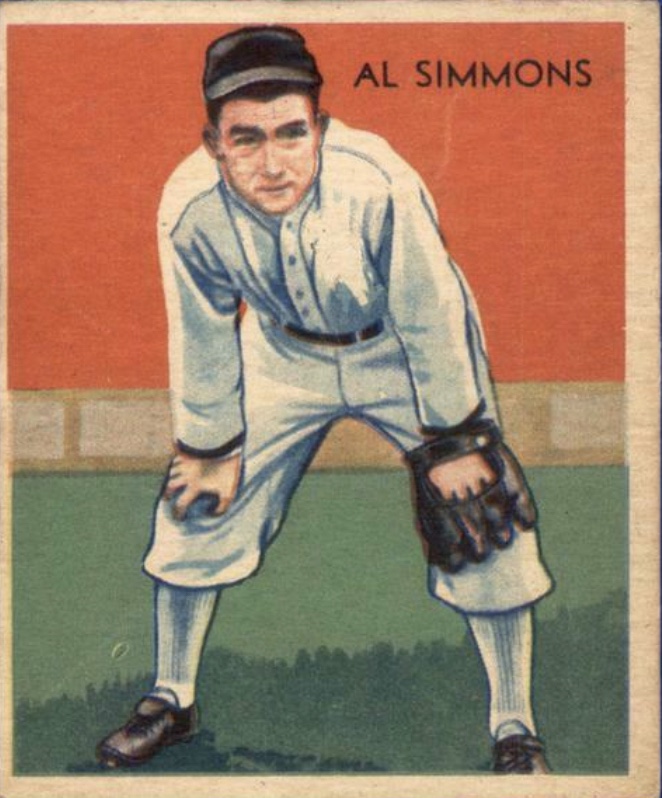
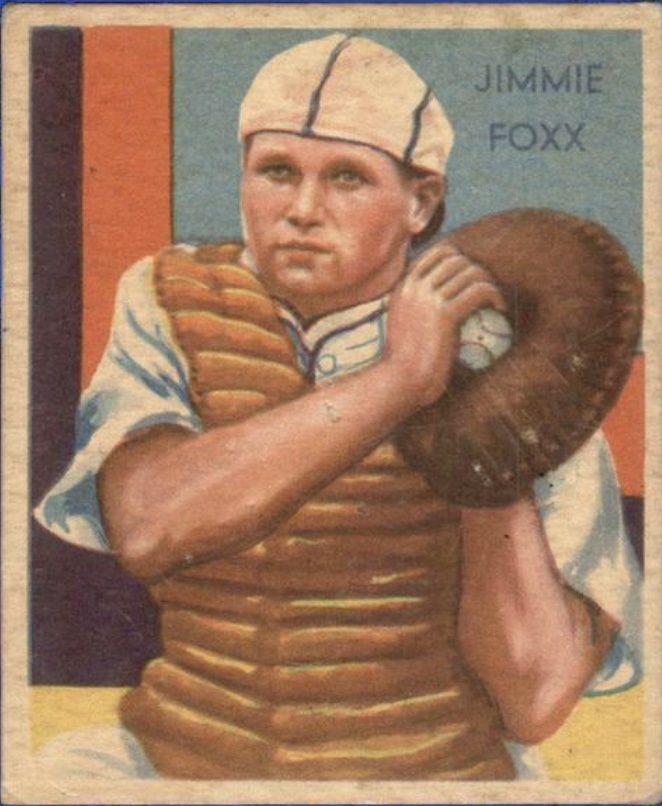
The background detail is particularly interesting in this set. Most pre-war baseball cards to this point treated the background minimally. A patch of grass, a baseline, a pitcher’s mound… that was it.
But Diamond Stars created atmosphere with its texture and perspective in the background of the players.
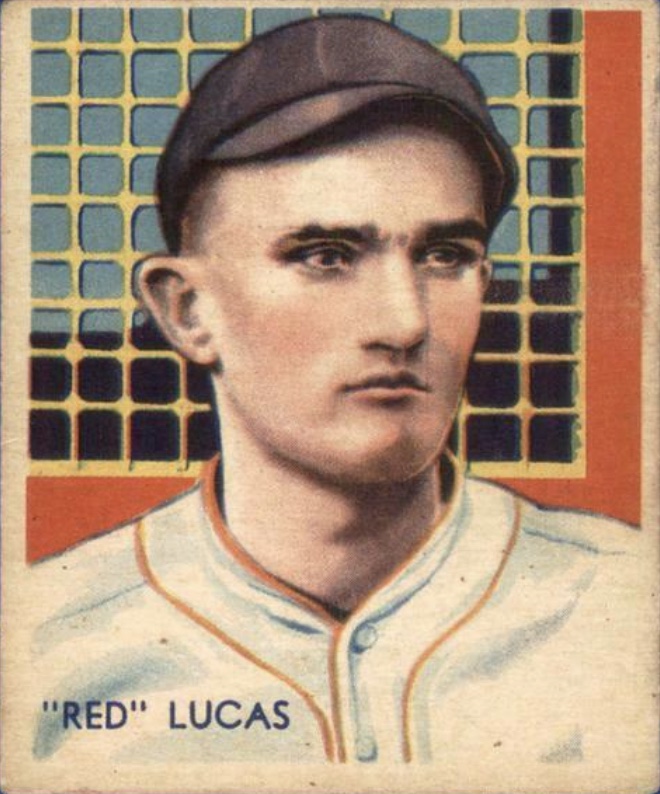
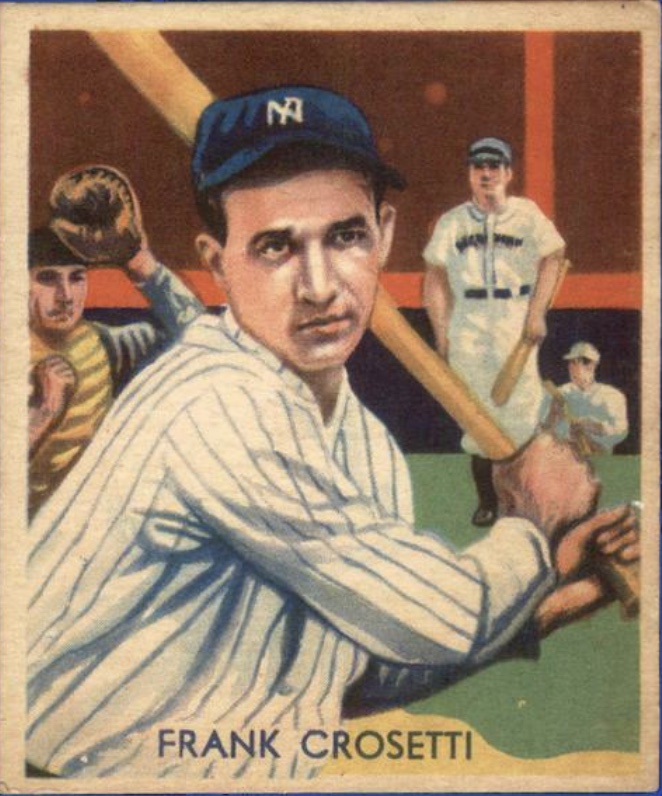
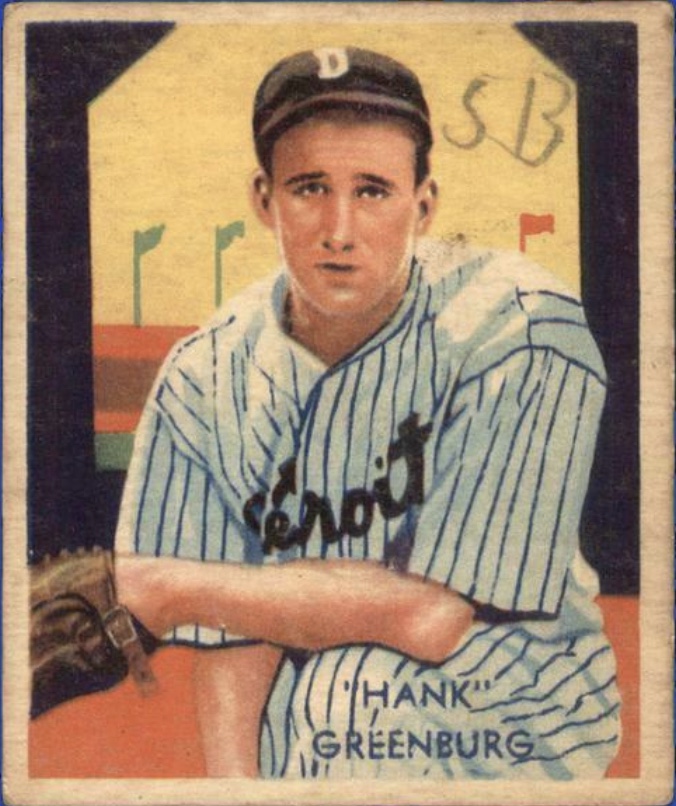
The metal doors of the clubhouse dugout. The distant cityscapes of baseball’s early metropolitan homes. Players warming up or playing catch. Pennants flying in the wind. The grandstands of the Polo Grounds, Sportsman’s Park, and Navin Field.
The art deco style of Diamond Stars truly stands out as one of a kind, transcending the idea of what a baseball card should represent: not just the baseball player, but the world they inhabit as well.
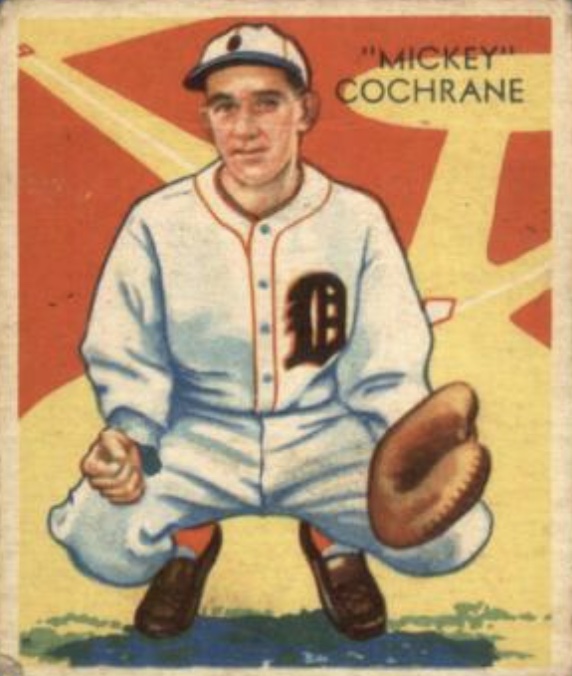
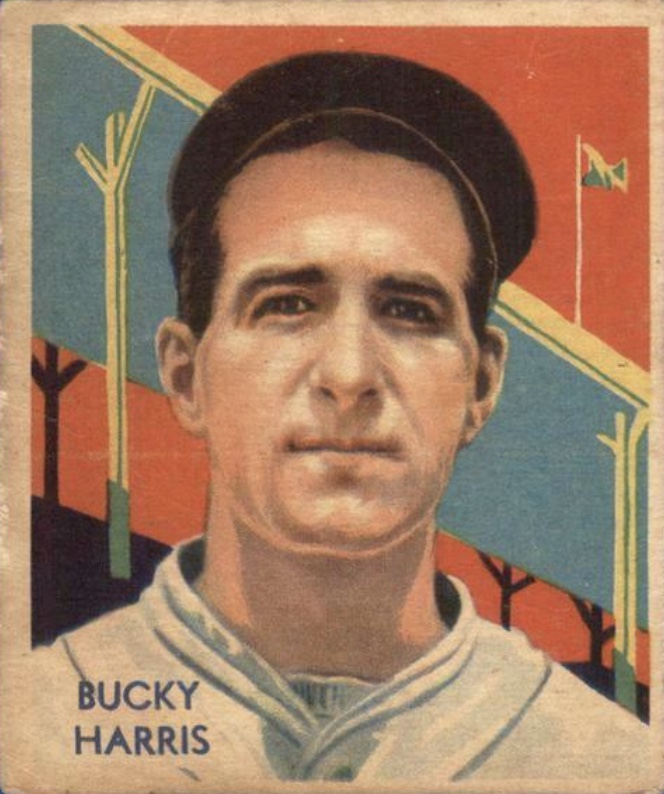
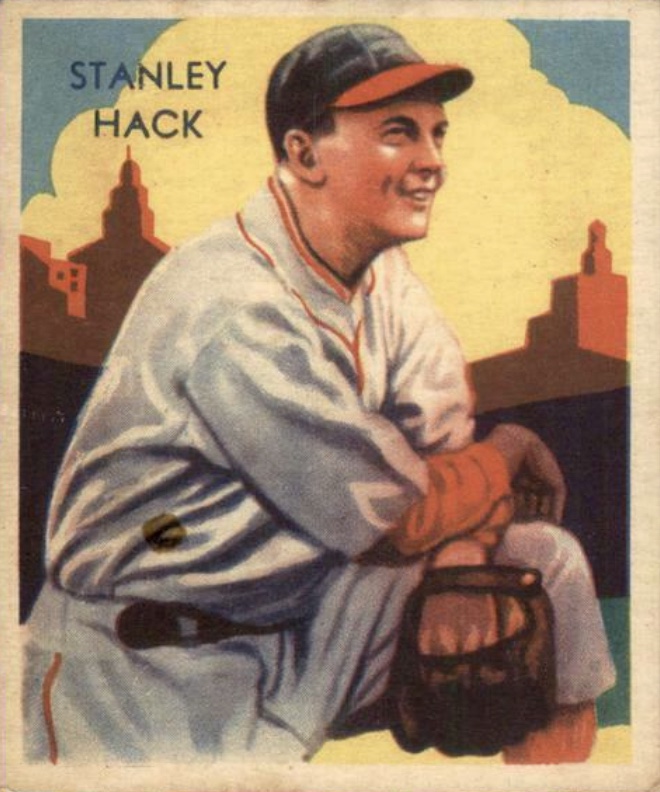
1934-36 Diamond Stars: Valuing the Set
As with any near century old baseball card set, the 1934-36 Diamond Stars set is difficult to find in near mint condition. According to the PSA Pop Report, there have been 19,738 cards graded from this set. Of those, only 5,997 have been graded a PSA 7 (Near Mint) or higher.
And also, as already mentioned, it’s tough to say what a “complete” set of Diamond Stars would look like. Does it require a version of each player from each year? A full set of 108 cards? Or just each unique player? Do you need both spellings of misspelled players? Do we care about the stat updates?
Let’s go ahead and assume that a complete set of Diamond Stars means at least one of all 108 players and cards represented in the set, which means acquiring a few duplicates (see Bill Dickey example above). Collecting card #1 through #108 would be costly, but only if you want to acquire the set in EX or VG condition.
A complete set in EX-MT condition (graded a PSA 6) would cost $8,896 according to Vintage Card Prices. That’s based on the average of the last 12 months of sales.
Don’t care about the condition of the cards as much? A complete set in Good condition (graded PSA 2) would cost around $6,340.
Want to get started on building a set of Diamond Stars? Greg Morris Cards has a raw set break up for auction right now. Here are links to some featured auctions:
- Hank Greenberg #54 (misspelled) VG-VGEX
- Jimmie Foxx #64 VG-VGEX
- Bill Dickey #103 LOW GRADE
- Paul Waner #83 VG-VGEX
- Mel Ott #50 (trimmed) VG-VGEX
–– Sources: Vintage Card Prices, Cardboard Connection, SABR Baseball Cards, PSA, Beckett —
